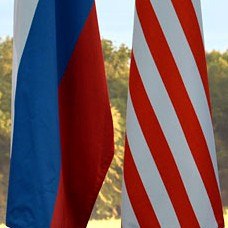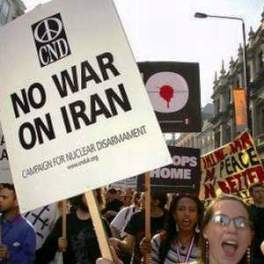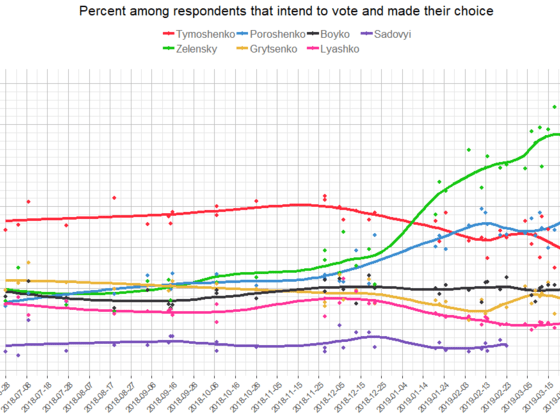(The Moscow Times) The endless parallels made in recent days between the planned U.S. air strikes on Syria and the U.S.-led invasion of Iraq in 2003 may actually add to the general confusion more than dispel it. In reality, the two have little in common. In Iraq, a massive coalition air campaign and a large-scale ground operation were parts of a more classic interstate war that later morphed into a decade-long occupation, coupled with a mounting counterinsurgency campaign. In Syria, the main military option in the offing — the U.S. intervention in the form of punitive air strikes limited in scope and duration — is planned to take place in the midst of the ongoing and increasingly sectarian civil war. This war is quickly becoming regionalized and is drawing in neighbors and other states in the region. If there is an accurate parallel with past U.S. interventions, it is Bosnia, not Iraq.
The administration of U.S. President Barack Obama has now found itself facing a difficult dilemma. But the current focus on the chemical weapons controversy in Syria should not distract from the more fundamental specifics, complexities and scenarios, nor from lessons to be gleaned from the past U.S. interventions into civil wars. Even if the U.S.-led surgical air strikes are intense, their effect will be limited. A relatively limited intervention into a civil war may spur serious change if the warring sides are already worn out, which was the case in Bosnia but is not yet the case in Syria. The most U.S. air strikes can change in Syria now is to destroy some of Assad's military installations and perhaps help the rebels to create and defend a stronghold in the south of the country to serve as a base for the opposition government. […]
See the full article | © The Moscow Times











